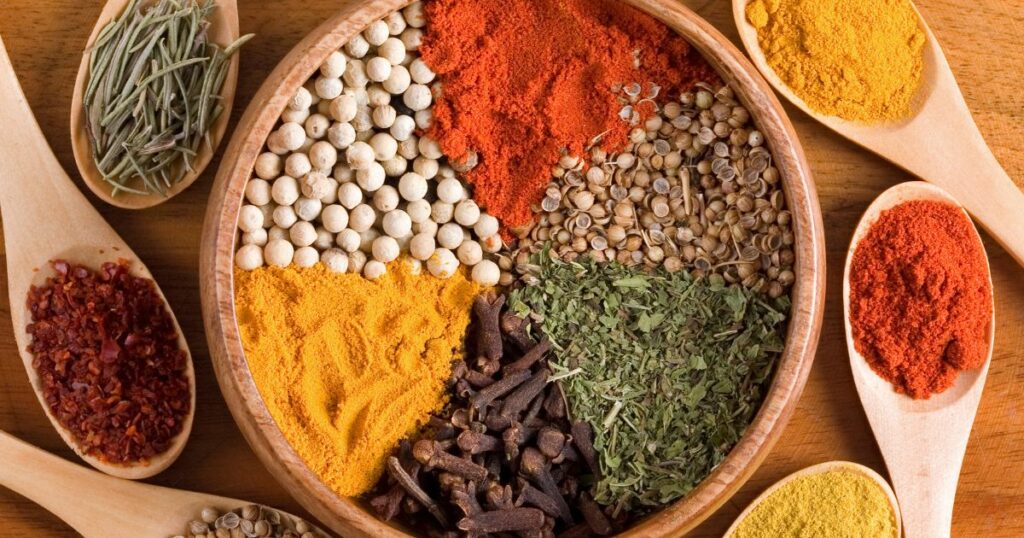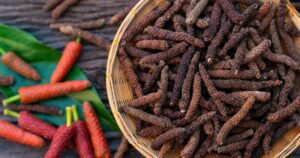1. Saffron: The Golden Treasure

Saffron, often referred to as the world’s most expensive spice, is derived from the dried stigmas of the Crocus sativus flower. This delicate spice offers a unique, slightly bitter taste and an unparalleled aroma, making it a staple in dishes like Spanish paella and Persian rice.
Typical uses: Saffron is a staple in dishes like Spanish paella, Persian rice, and Indian biryanis, adding its unique, slightly bitter taste and unparalleled aroma to these culinary classics.
Read our article about saffron.
2. Grains of Paradise: The Taste of West Africa
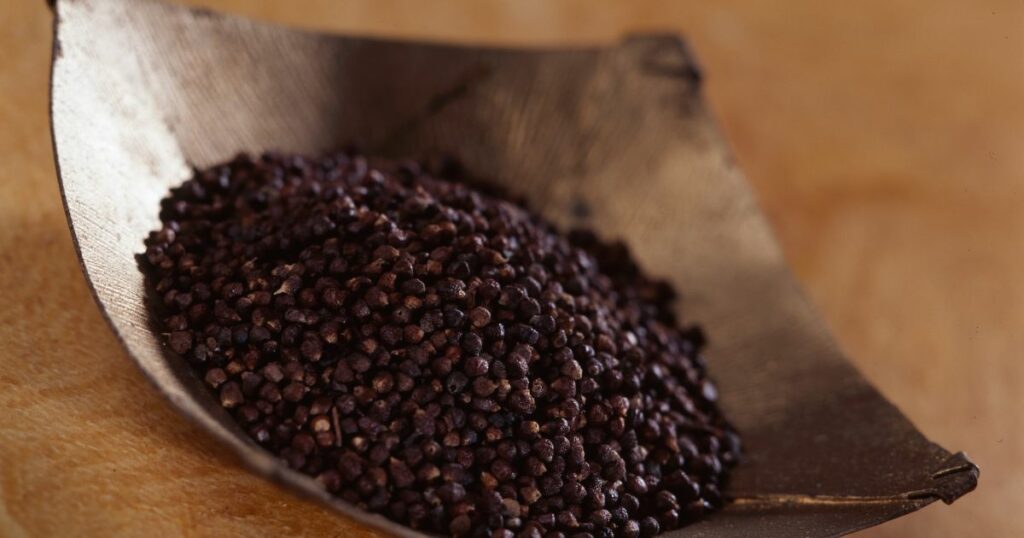
Grains of Paradise, also known as Melegueta pepper or Guinea pepper, are native to West Africa. These small, reddish-brown seeds offer a warm, spicy flavour with hints of citrus and cardamom, making them a great addition to stews, soups, and spice rubs.
Typical uses: Grains of Paradise are used in traditional West African dishes like jollof rice, soups, and spice rubs, infusing them with warm, spicy, and citrusy flavours.
3. Long Pepper: A Forgotten Delicacy

Long pepper, also known as Piper longum, was once a common spice in Europe before being overshadowed by black pepper. This spice has a sweet, spicy, and slightly bitter taste that adds complexity to savory dishes and desserts alike.
Typical uses: In dishes like Indonesian rendang and sweet treats like gingerbread.
Read our article about long pepper.
4. Sumac: The Tangy Middle Eastern Marvel

Sumac is a reddish-purple powder made from the dried berries of the Rhus coriaria plant. With a tangy, lemony flavour, sumac is often used in Middle Eastern cuisine to add brightness and acidity to dishes.
Typical uses: Middle Eastern dishes like fattoush, kebabs, and hummus.
Read our article about sumac.
5. Wattleseed: The Australian Native

Wattleseed is derived from the seeds of various Acacia species native to Australia. With a nutty, coffee-like flavour, wattleseed can be used in both sweet and savory dishes, adding a unique Australian touch to your culinary creations.
Typical uses: In dishes, such as bush tomato chutney and wattleseed pavlova.
6. Annatto: The Latin American Colour Booster

Annatto, or achiote, is a spice derived from the seeds of the Bixa orellana tree. It imparts a warm, earthy flavour and a vibrant orange colour to dishes, making it a popular ingredient in Latin American and Caribbean cuisine.
Typical uses: In dishes like cochinita pibil, arroz con pollo, and pasteles.
7. Amchur: The Indian Souring Agent

Amchur, or mango powder, is made from dried, unripe mangoes. This Indian spice adds a tangy, fruity flavour to dishes, acting as a souring agent in curries, chaats, and marinades.
Typical uses: In Indian dishes like aloo chaat, tamarind chutney, and samosa filling.
8. Mahlab: The Aromatic Cherry Pit
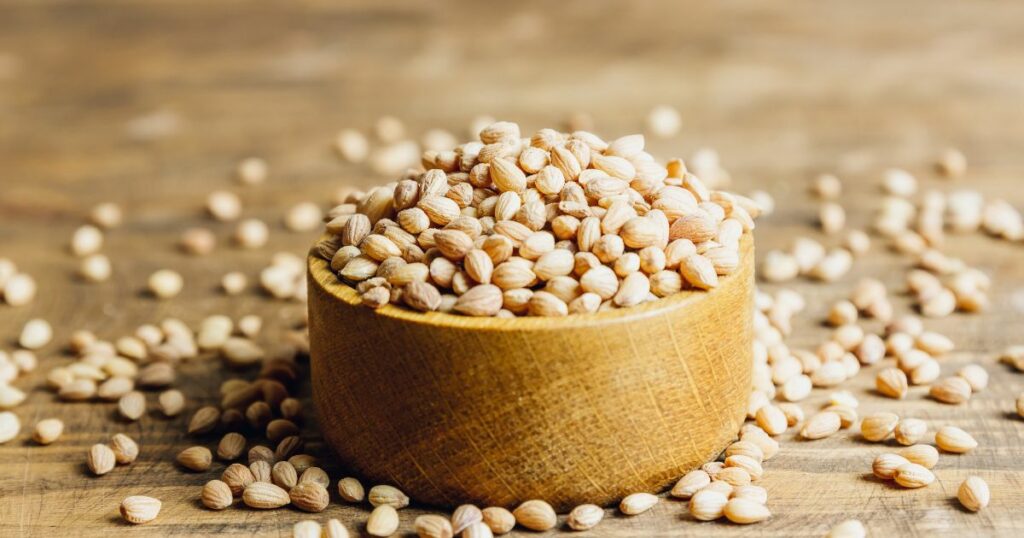
Mahlab is a spice made from the ground kernels of the St. Lucie cherry. Common in Middle Eastern and Mediterranean baking, mahlab imparts a unique, slightly bitter flavour with hints of cherry and almond.
Typical uses: It is commonly found in baked goods, such as ma’amoul and tsoureki.
9. Cubeb Pepper: The Peppercorn with a Twist
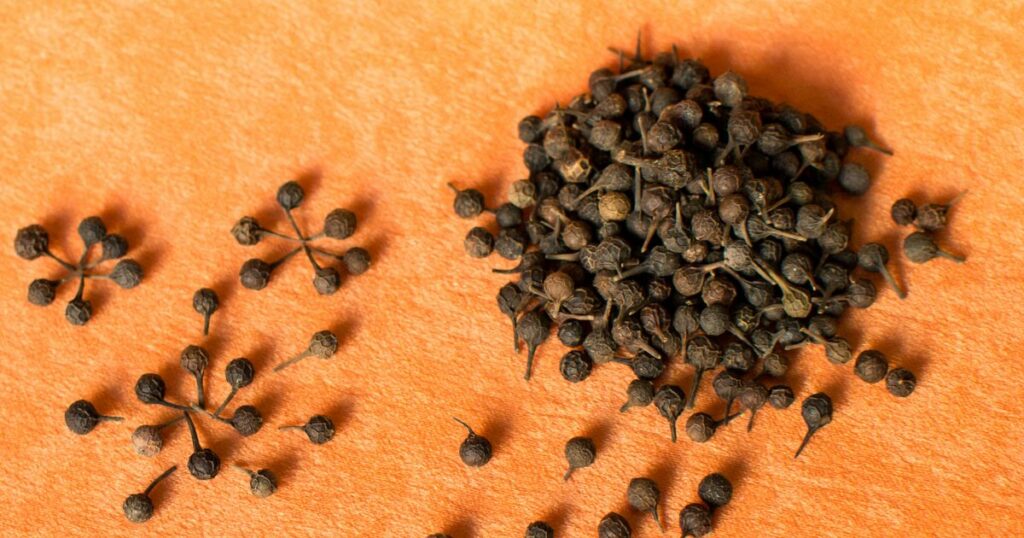
Cubeb pepper, also known as tailed pepper or Java pepper, is native to Java and Sumatra. Its flavour is reminiscent of black pepper, but with a distinct eucalyptus-like, camphoraceous note, making it a great addition to spice blends and recipes that call for a unique peppery twist.
Typical uses: In Moroccan ras el hanout, and recipes like Indonesian sambal and gin cocktails.
10. Black Cardamom: The Smoky Sibling

Black cardamom, or hill cardamom, is a larger, smoky cousin of the more commonly used green cardamom. Its bold, earthy flavour with a hint of menthol adds depth and complexity to Indian and Nepalese dishes like curries and biryanis.
Typical uses: In Nepalese dishes with slow-cooked meat, in Indian Chai and Garam Masala.
11. Asafoetida: The Pungent Secret Ingredient

Asafoetida, also known as hing, is a dried, resinous gum obtained from the roots of the Ferula plant. With a strong, pungent smell, asafoetida is used in small quantities to add a unique umami flavour to Indian vegetarian dishes and pickles.
Typical uses: It can be found in dishes like lentil dal, South Indian Rasam and Sambhar.
12. Voatsiperifery: The Rare Wild Pepper
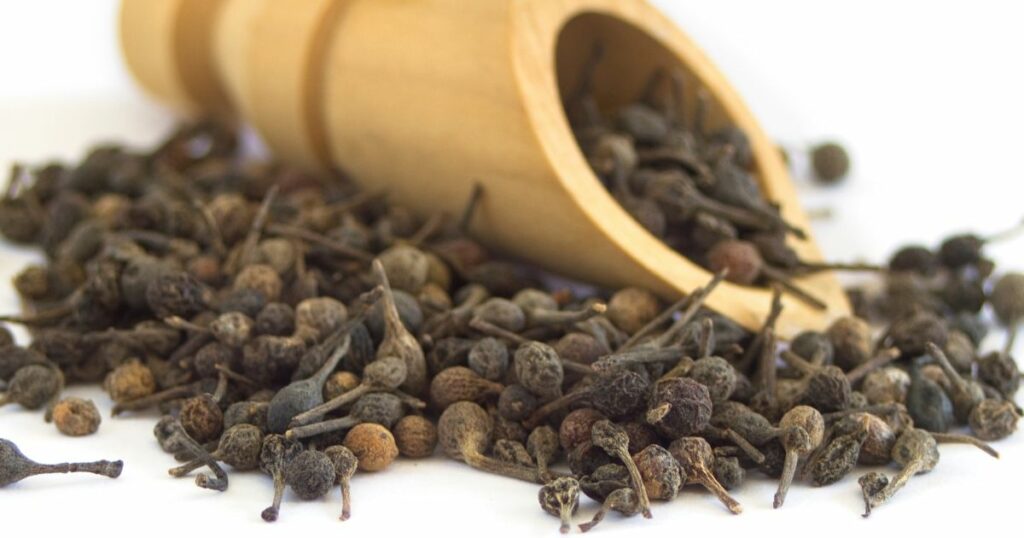
Voatsiperifery, a wild pepper from Madagascar, is prized for its intense, complex aroma and slightly sweet, citrusy flavour. Use this rare and exotic spice to elevate your dishes with a sophisticated, peppery twist.
Typical uses: In dishes like grilled seafood, risotto, and gourmet chocolates.
13. Kala Namak: The Indian Black Salt
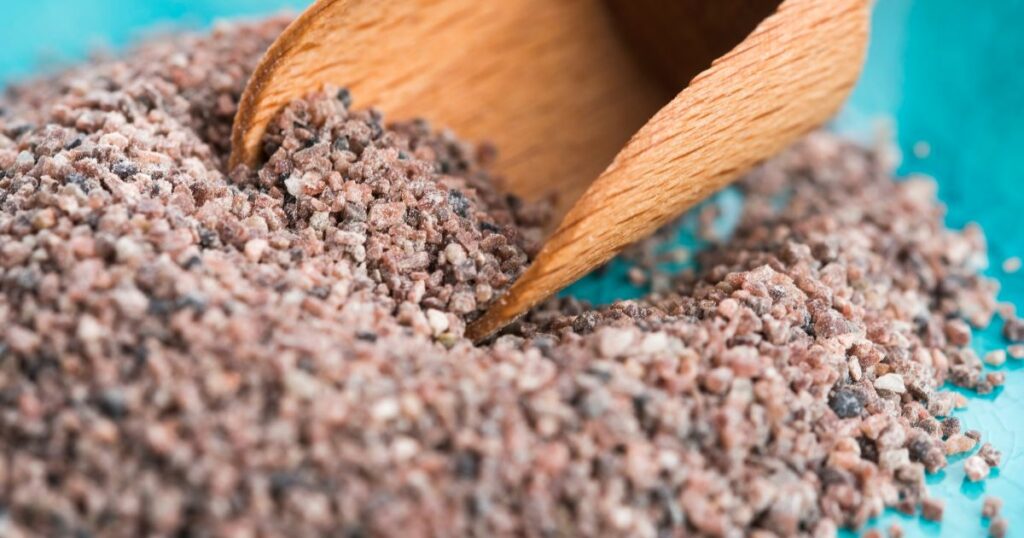
Kala Namak, also known as Himalayan black salt, is a unique, sulfuric-flavoured salt used in Indian and South Asian cuisine. It adds a tangy, umami flavour to dishes.
Typical uses: In dishes like chaats, chutneys, and raitas, and in vegan dishes mimicking the taste of eggs.
14. Nigella Seeds: The Mysterious Little Black Seeds

Nigella seeds, also known as black cumin or kalonji, are small, black seeds with a slightly bitter, onion-like flavour. They are used in Middle Eastern, Indian, and North African cuisine to add depth and crunch to bread, salads, and vegetable dishes.
Typical uses: In dishes like naan bread, vegetable tagines, and panch phoron spice blend.
15. Tonka Beans: The Sweet and Spicy Delight

Tonka beans, native to South America, are prized for their sweet, vanilla-like flavour with hints of almond, cinnamon, and cloves. While they are banned in the US due to their coumarin content, they remain a sought-after ingredient in desserts and perfumes.
Typical uses: In gourmet desserts like crème brûlée and panna cotta.
16. Ajowan: The Indian Thyme

Ajowan, or ajwain, is a spice native to India, resembling small celery seeds with a flavour similar to thyme, but more pungent and slightly bitter. Ajowan is often used in Indian bread, snacks, and bean dishes to add warmth and aid digestion.
Typical uses: In dishes like chana masala, ajowan paratha, biscuits and cookies.
17. Urfa Biber: The Smoky Turkish Chili

Urfa Biber, also known as Isot pepper, is a dark, purple-black chili pepper from Turkey. With a smoky, raisin-like flavour and moderate heat.
Typical uses: In dishes like lahmacun and Middle Eastern-inspired sauces and spice rubs.
18. Anardana: The Tart Pomegranate Seeds

Anardana, or dried pomegranate seeds, are used in Indian, Iranian, and Pakistani cuisine to add a tart, fruity flavour to dishes. This tangy spice can be used in chutneys, curries, and spice blends to enhance flavours and add complexity.
Typical uses: In dishes like aloo anardana, khoresh-e-fesenjan, and chana masala.
19. Finger Lime: The Australian Citrus Caviar

Finger limes, native to Australia, are small, cylindrical fruits with a unique, caviar-like texture. Their tangy, citrusy flavour makes them a perfect addition to seafood dishes, cocktails, and desserts, adding a burst of exotic flavour and texture.
Typical uses: In dishes like seafood ceviche, cocktails like mojitos, and desserts like citrus tarts.
20. Epazote: The Mexican Herb

Epazote, a pungent herb native to Mexico and Central America, is commonly used in Mexican cuisine to flavour soups, and other dishes. Its strong, minty, and slightly bitter taste adds a unique flavour profile to your culinary creations.
Typical uses: In dishes like black bean soup, quesadillas, and mole verde.
Read our article about epazote.
In conclusion
The world of spices is vast and full of exotic flavours that can elevate your cooking and introduce you to new culinary experiences. By exploring these 20 exotic spices, you can not only expand your palate but also gain a deeper appreciation for the diverse cultures and cuisines that have shaped our global culinary landscape. Whether you are a seasoned chef or a home cook looking to try something new, don’t be afraid to experiment with these extraordinary ingredients and let your taste buds embark on an unforgettable journey.
𐡸 𐡸 𐡸 𐡸 𐫱 𐡷 𐡷 𐡷 𐡷
Saffron is the most expensive spice in the world due to its labor-intensive harvesting process, requiring handpicking of the delicate stigmas from the Crocus sativus flower.
While you can sometimes substitute spices with more common alternatives, it is important to remember that each spice has a unique flavour profile that may not be perfectly replicated by a substitute. Experimenting with different spices can lead to new and exciting flavour combinations.
Store spices in airtight containers, away from heat, moisture, and direct sunlight. Whole spices generally have a longer shelf life, so consider buying whole and grinding as needed to maintain optimal flavour.
Many spices contain various antioxidants, anti-inflammatory, and antimicrobial properties that may provide health benefits when consumed as part of a balanced diet. However, it’s important to remember that spices should not replace medical treatments or be relied upon solely for health benefits.
